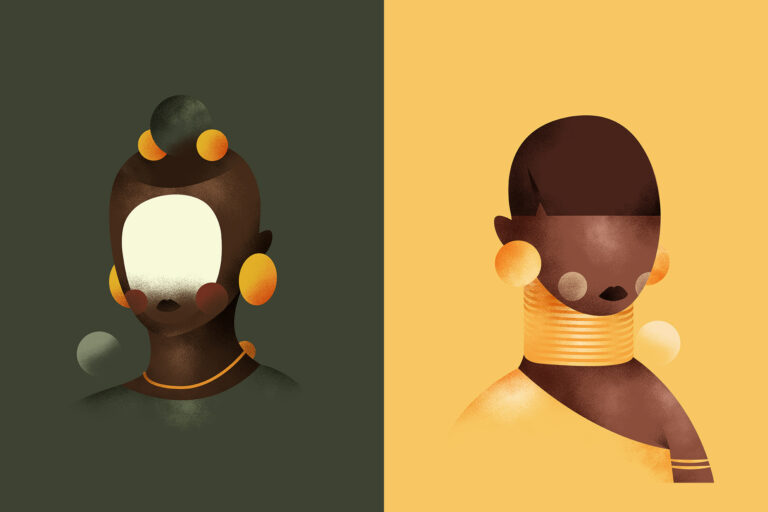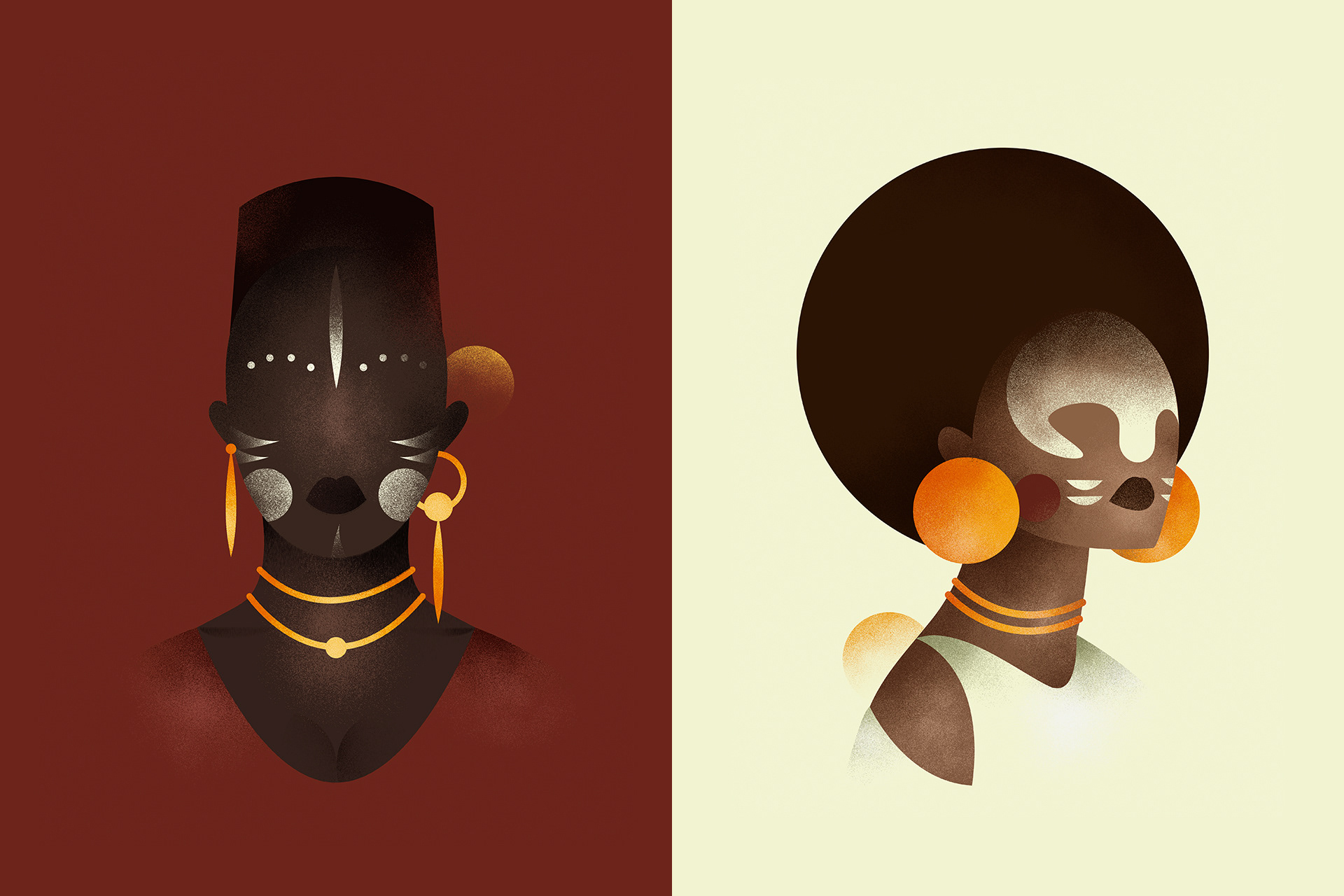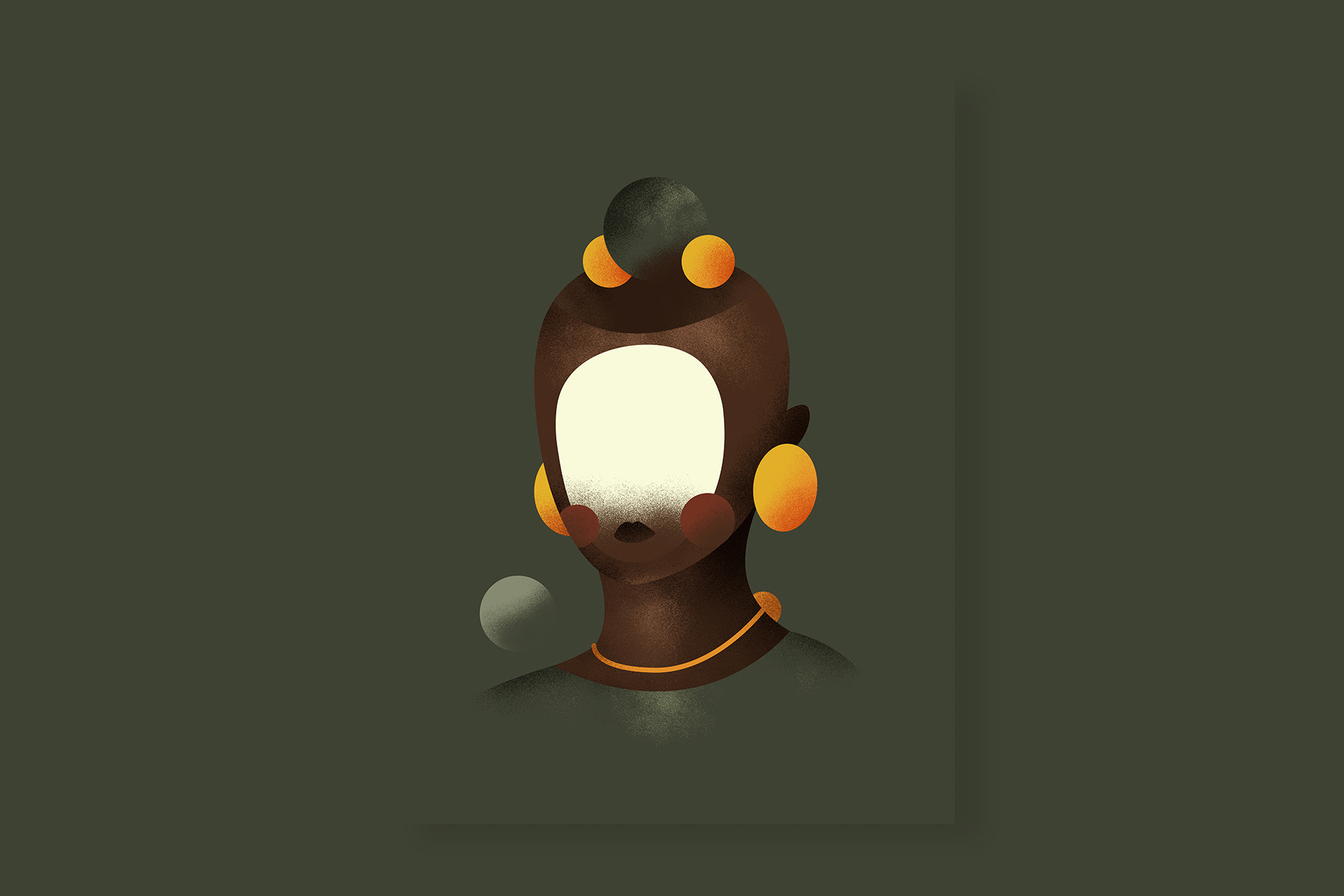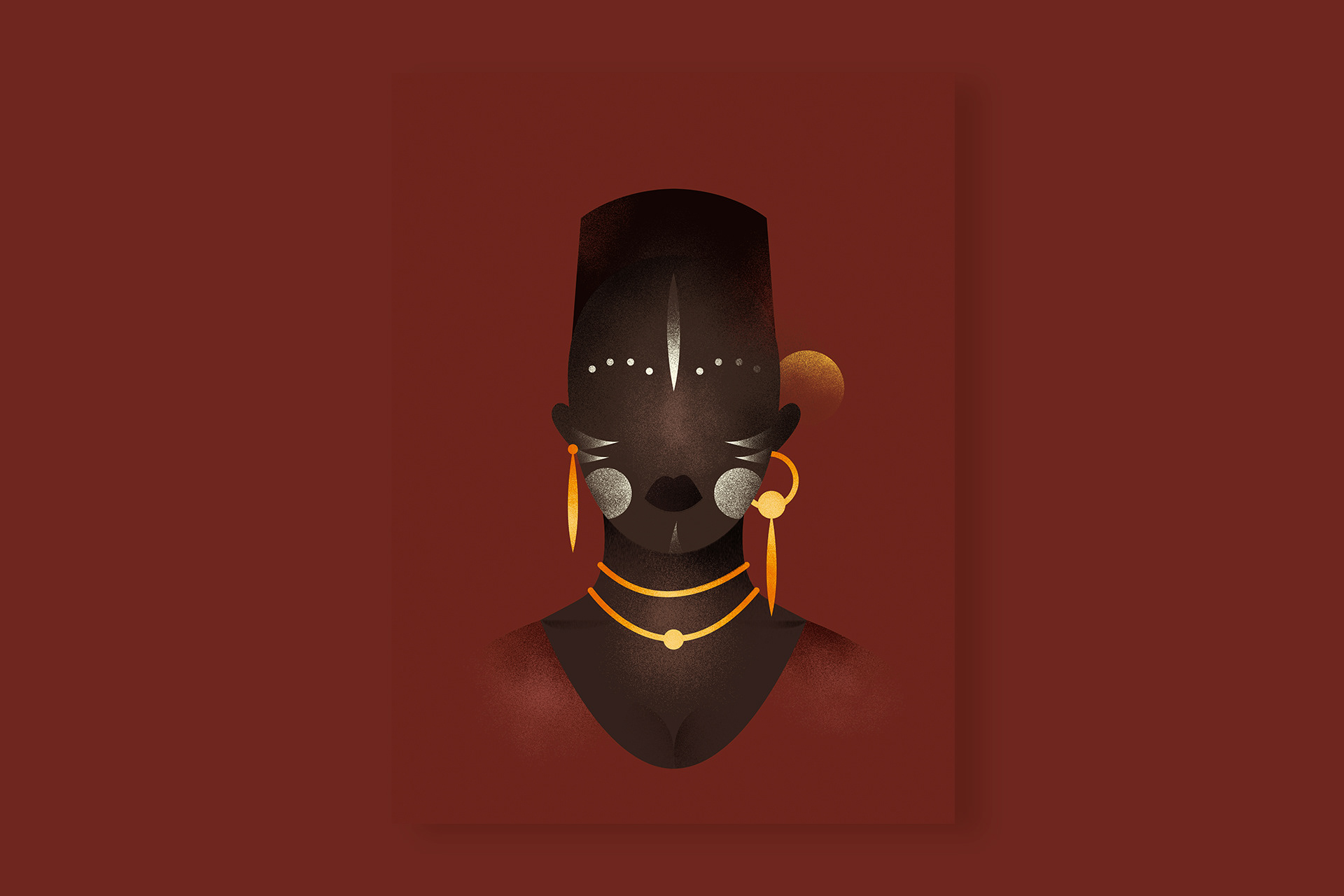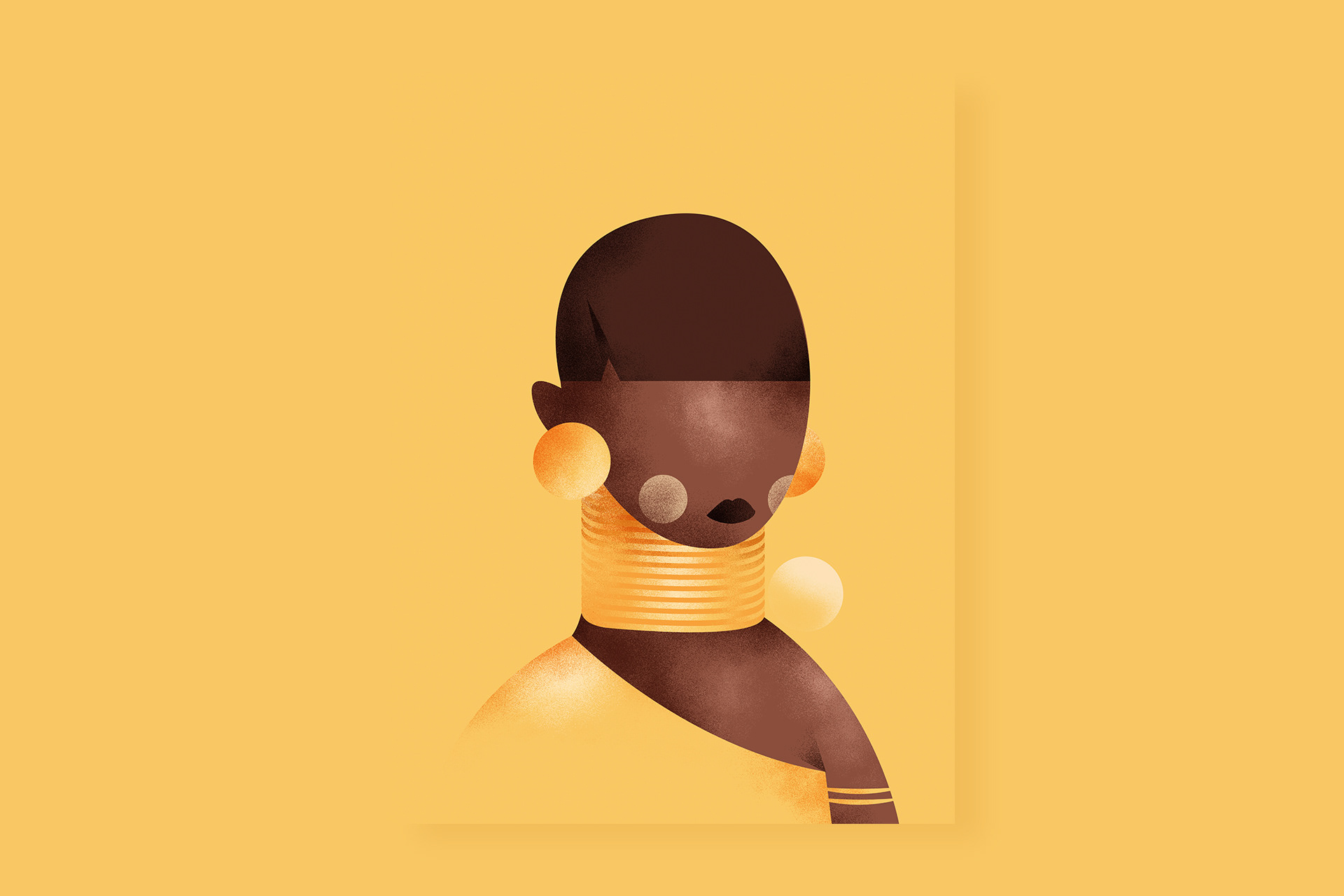When Bob Dylan surprisingly published previously recorded but until March 27th, 2020 unreleased seventeen-minute song with a title as Shakespearean as the title of his last album with original material, 2012′ Tempest, cultural critics around the world — drained out of other topics in the coronavirus age — rushed to conclude what Murder Most Foul is all about. Every article about it punctuates the two apparent dimensions of the song: one is the assassination of John F. Kennedy, the other is a blend of the stream of consciousness and cut and paste technique which intertwines Dylan’s lyrics with quotations from and allusions to songs and other works of art which mostly reflect disappearing 20th century America. Among them is the song itself, so the last couplet goes:
Play Love Me or Leave Me, by the great Bud Powell
Play The Blood-Stained Banner, play Murder Most Foul
Financial Times’ Ludovic Hunter-Tilney probably summed up this line of interpretation best:
Like a fever dream, the narrative of JFK’s public execution merges with visions of the 1960s. The arrival of The Beatles is charted alongside the decade’s grim dispatch at Altamont with the Rolling Stones. The view widens further, an expanding circle drawing early blues records, jazz, The Eagles and Fleetwood Mac into the same loop. JFK’s death has a totemic place in the scheme, a televised act of violence in which politics and popular culture collide like an atomic reaction.
And while interpretations which are variations on those themes are a perfectly legitimate way of looking at a new Dylan’s song — and are, naturally, undoubtedly true — there are other prisms through which Murder Most Foul could be deciphered.
By deciphering, one should not mean A. J. Webermanesque type of bizarre pseudo-interpretations of Dylan’s lyrics, triumphally collected in monumental nonsensical volume Encyclopedia Dylanologica where Weberman calls Dylan “the sleaziest writer and poet in existence to win the Nobel prize for literature“ (although Weberman, who co-wrote a book about Kennedy’s assassination and is obsessed with finding alleged secret messages for himself in Dylan’s lyrics, this time might — to quote Dylan’s Mighty Quinn — jump for joy).
Overcoming Weberman-type interpretations not founded in songs themselves, and also oversimplified mass-media either-or interpretations which seek to find “one true meaning“ of a song instead of a multitude of meanings in different mental frameworks and contexts, one should concentrate on viewing Dylan’s lyrics through tools that literary theory has given us. After all, Dylan is — as Weberman observes — Nobel prize winner. For instance, one might read Roland Barthes’ The Death of the Author to find that the point of literature is not in what the writer meant as much as what do readers (and listeners) contemplate it might be. Literature is not (just) the written (or sung) text; it is the virtual interrelation between what the author has written (or sung) and what his audience makes of his words.
That, of course, does not mean that literary works are inherently meaningless – because one can, through thorough interpretation, determine with some degree of certainty what some work of art is, which again does not mean that that is what it’s author intended it to be. (If we could not split good interpretations from bad interpretations, we would lose all standards and gibberish would become just as legitimate as real scholarship). On the other hand, it also does not mean that the artist has nothing to do with the meaning of his work — after all, it is he who chooses which of existing words will constitute his text, and which will not. These two axioms are worth to have in mind when contemplating Murder Most Foul.
Although it is about Kennedy’s death and American culture per se, Dylan’s new song is more than just that. The point of the song surely is not to determine which version of Kennedy’s assassination Dylan believes in. As he himself disclosed in a conversation published 2012 in Rolling Stone, discussing the song Tempest, which thematizes the tragic destiny of Titanic: “Songwriter doesn’t care about what’s truthful. What he cares about is what should’ve happened, what could’ve happened. That’s its own kind of truth.“
With all that in mind, what is new Dylan’s song about?
Firstly, it is about the assassination of the president of USA, but it is, at the same time, about much more universal phenomenon than assassination of the president of USA. By describing Kennedy as a “king“, “sacrificial lamb“ and “human sacrifice,“ Dylan generalizes this particular event, recognizing archetypal patterns in it, which are underscored by a wide range of literary and cultural allusions – “murder most foul“ from Hamlet being only the first one. As Dylan said for Rolling Stone: “My music is always speaking to times that are recent. But let’s not forget human nature isn’t bound to any specific time in history.“ The main part of the song is about 1963, but 2020 media asserts that it is as relevant of coronavirus infected times of today. How is that possible? Because every occurrence with archetypal implications is equally modern in every time and place.
Universality of Murder Most Foul stems from its flirtation with mythical elements. To put to the side archetypal quality of ‘sacrificial lamb’ — central to every ‘grand narrative’ before and after Jesus Christ — mythical aspect of Dylan’s new song arises from separating the ages of a lyrical speaker’s preoccupation on ‘before’ and ‘after'”.
The day that they killed him, someone said to me, “Son,
The age of the Antichrist has just only begun“
Or:
I said the soul of a nation been torn away
And it’s beginning to go into a slow decay
And that it’s thirty-six hours past Judgment Day
And even:
I’m goin’ to Woodstock, it’s the Aquarian Age
Then I’ll go over to Altamont and sit near the stage
Aquarian Age and the age of Antichrist are, of course, not mutually exclusive: Aquarian is the Zodiac sign which follows Pisces or Fish, i. e. Christ, so in New Age hermeneutics, just as in Christianity, abandoning set of values embedded in Western culture by Jesus of Nazareth and replacing them with more-or-less the same terms (freedom, love, etc.), but with different content, represents a consistent reading of a song. In this context, from the viewpoint of a lyrical speaker who perceives Aquarian age as an Antichrist one, Altamont disaster might be interpreted as a continuation of Woodstock, not a contrast to it.
Murder Most Foul is mythic because it tries to explain, to put it broadly, why the things are the way they are, which is a primary mythic duty — think about multiculturally omnipresent reports on the creation of the world, for example. As many of Dylan’s songs, Murder Most Foul “speaks of the issues or the ideals of an age in some nation, and hopefully, it would also speak across the ages. It’d be as good tomorrow as it is today and would’ve been as good yesterday,” as Dylan said, again for Rolling Stone, in 2001 — obviously, not about Murder Most Foul, but then new ”Love & Theft” album — and these words reflect Dylan’s poetics throughout last 20 years, including the newest addition to his canon. Unlike most popular songs today, Dylan’s scope is – in every sense of the word — considerably wider than it is the case in an average top 40 song.
Secondly, Murder Most Foul probably is the most unwritten Dylan song because it demystifies the way Dylan writes songs; a kind of poetic self-exposure of the way his (new) songs are constructed. Murder Most Foul could even be viewed as a rough material, sketch or a blueprint for a “21st century Bob Dylan song,“ the directions for it, complete with the incredible list of a more than a few dozen songs which are, throughout the song, directly or indirectly referenced. Although the title of this essay is a pun, what I mean by asserting the paradoxical unwritten state of Murder Most Foul is that this song looks like a new Dylan song, complete with its intertextual role models, before it comes through transformation process where it becomes contextually changed, distilled version of works of art list it consists of; as if we can hear Dylan’s writing process as it unfolds.
As researchers and theorists like Scott Warmuth and Richard F. Thomas reveal in their works, Dylan’s recent output — including his Proustian memoirs Chronicles: Volume One (2004) and screenplay for film Masked & Anonymous (2003) — is extremely rich in quotations from all imaginable sources. On his blog Warmuth presents numerous quotations from countless writers; among many others, E. A. Poe, Jack London, Ernest Hemingway and Tenessee Williams are just the tip of the iceberg. In his book Why Dylan Matters (2017), Thomas shows how Dylan reused lines from ancient poets like Virgil in “Love & Theft“ (2001), Ovid in Modern Times (2006) and Homer in Tempest (2012). Director and co-writer of Masked & Anonymous Larry Charles recently described Dylan’s technique of combining previously scribbled ideas and quotations:
He takes these scraps and he puts them together and makes his poetry out of that. He has all of these ideas and then just in a subconscious or unconscious way, he lets them synthesize into a coherent thing.
There are many layers to Dylan’s intertextuality. Next to quotations from and allusions to literary work and borrowings from traditional music, throughout the whole of his career — but especially often in this century — Dylan also uses many existing song titles as lines in his songs. In Murder Most Foul, though, the metamorphosis of lyrical parts from other sources has been brought to the new frontier – these kinds of quotations are not anymore as cryptic as in the last 20 years, but listed for everyone to see. Like the author wants to show, contrary to critics who accuse him of plagiarism, that it is legitimate to constitute a work of art from parts of other works of art. So instead of singing “In the still of the night“ as the first line from Modern Times’ song When the Deal Goes Down or phrases like “the bells of St. Mary“ and “round about midnight“ in Beyond the Horizon from the same album — which are all song titles, next to other song-title lines too many to mention — Dylan now sings, urging DJ Wolfman Jack to play these songs on the radio:
Play Misty for me and That Old Devil Moon
Play Anything Goes and Memphis in June
Play Lonely at the Top and Lonely Are the Brave
Play it for Houdini spinning around in his grave
Play Jelly Roll Morton, play Lucille
Play Deep in a Dream, and play Driving Wheel
Play Moonlight Sonata in F-sharp
And Key to the Highway for the king on the harp
Play Marching Through Georgia and Dumbarton’s Drums
Play Darkness and death will come when it comes
Because of taking lines from various sources like Henry Timrod on Modern Times’ and Junichi Saga on ”Love & Theft” songs, in the last decade or so Dylan has been confronted with harsh criticism for plagiarism.
For example, Dylan reused Timrod’s phrase ”logic frailer than the flowers,” combined it with the line about ”round of precious hours” earlier in the same poem — A Rhapsody of a Southern Winter Night — and got “More frailer than the flowers, these precious hours” in When the Deal Goes Down. And that is only one of the myriad examples of samples which constitute a large percentage of new Dylan’s lyrics, which lead many analysts to believe that they can treat poetry as a work of science, when lifting phrases from older sources actually is one of the most ancient forms of writing. ”There’s always some precedent — most everything is a knockoff of something else. (…) Try to create something original, you’re in for a surprise,” said Dylan for his own website in 2017, justifying this way of creating songs.
Instead of writing a song which can be traced back to poems and other works of art which hide its origins, Murder Most Foul completely reverses that procedure; in an ironic plot, this song might be perceived as a message to those who malevolently find all these clues to write a song themselves, using mentioned songs as a guidepost. “If you think it’s so easy to quote [Timrod] and it can help your work, do it yourself and see how far you can get,“ said Dylan in the afore-mentioned 2012 Rolling Stone interview. The outcome would undoubtedly be interesting, since it would result in as many different songs as there are their authors — not necessarily very good ones.
The practice of putting the title of a song or a line from it — just like lines from poems, other literature, films, newspapers, etc. — and thus make it kind of a song inside of a song or, broader, work of art within another work of art, is present in Dylan’s poetics from its beginnings. In liner notes to his 1963 The Freewheelin’ Bob Dylan album, there is a Dylan’s statement about a song which is itself a succession of a centuries’ old ballad Lord Randall, namely A Hard Rain’s A-Gonna Fall: ”Every line in it is actually the start of a whole song. But when I wrote it, I thought I wouldn’t have enough time alive to write all those songs so I put all I could into this one.” This need for placing a bunch of cultural artifacts in just a few words, that is – whole cultural treasures inside one little line – has, obviously, survived until today.
By deconstructing the way of writing collage-songs Dylan writes in recent times, Murder Most Foul helps to clarify that taking lines is one of the points of poetry as an art form: from Virgil to T. S. Eliot, carefully noting sources for many — not all — of its quotations and allusions. As Eliot famously noted, confirming it in his poetic practice, ”Immature poets imitate; mature poets steal; bad poets deface what they take, and good poets make it into something better, or at least something different.”
Thirdly and finally, the course of Murder Most Foul reflects the flow of Dylan’s career from metapolitical to metapoetical; from largely narrative songs of his 1960s beginnings to highly elusive mood-songs, collage-filled meditations, rarely narrative at all, characteristic of late phases of his career. In the light of that interpretation, one might perceive the first half of Murder Most Foul as a kind of return to roots, both metapolitical and narrative:
The day they blew out the brains of the king
Thousands were watching, no one saw a thing
It happened so quickly, so quick, by surprise
Right there in front of everyone’s eyes
Greatest magic trick ever under the sun
Perfectly executed, skillfully done
Although that kind of lyrics can be found in later Dylan’s songs — from 1976’ Hurricane, co-written with Jacques Levy, to 2012’ Tin Angel — not all of Dylan’s early work suffers from this kind of directness. Blowin’ in the Wind, just like A Hard Rain’s A-Gonna Fall, transcend political realities of the 1960s and speak about universal fears, values and dilemmas. Still, it is hardly questionable that the most frequent usage of this style stems from the earliest period of Dylan’s work. However, that kind of lyrics through the course of Murder Most Foul change into invocations to Wolfman Jack for playing requested songs, both intertextual and meditative; “If you want to remember, you better write down the names”:
Play it for the reverend, play it for the pastor
Play it for the dog that got no master
Play Oscar Peterson, play Stan Getz
Play Blue Sky, play Dickey Betts
Play Art Pepper, Thelonious Monk
Charlie Parker and all that junk
All that junk and All That Jazz
Play something for the Birdman of Alcatraz
Play Buster Keaton, play Harold Lloyd
Play Bugsy Siegel, play Pretty Boy Floyd
Play the numbers, play the odds
Play Cry Me a River for the Lord of the gods
Play Number nine, play Number six
Play it for Lindsey and Stevie Nicks
Play Nat King Cole, play Nature Boy
Play Down in the Boondocks for Terry Malloy
Play It Happened One Night and One Night of Sin
There’s twelve million souls that are listening in
Play Merchant of Venice, play Merchants of Death
Play Stella by Starlight for Lady Macbeth
So in the end, Murder Most Foul sublimates the full circle of Dylan’s artistic career — it’s first part happens in the time of Dylan’s beginnings and it is written that way, while the second half serves as a disclosure of his own late-career poetic principles. Quite appropriately for a song about then and now, Murder Most Foul lasts longer than even songs preoccupied with high and low — namely 1997′ Highlands and 1966′ Sad-Eyed Lady of the Lowlands.
It would be pretentious to end with some prediction about the end of Dylan’s career of publishing original material, which now spans seven decades (the ’60s, ’70s, ’80s, ’90s, ’00s, ’10s and ’20s); in the context of this song, the future of Dylan’s recording career is only of peripheral importance. Because, when analyzing it, one can not run away from the fact that the song itself begins with the year Dylan published his first album of predominantly original songs, most of them classics (“‘Twas’ a dark day in Dallas, November ’63 “) and ends with — as it is mentioned in the beginning — Murder Most Foul.


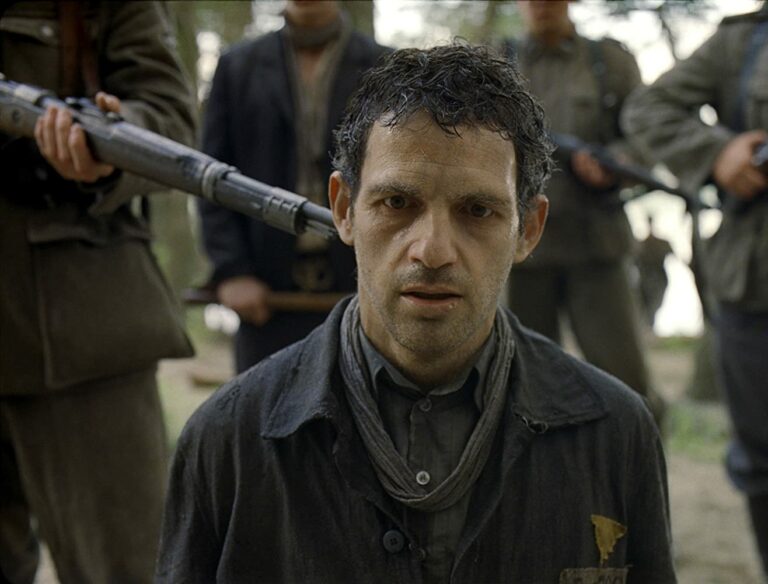





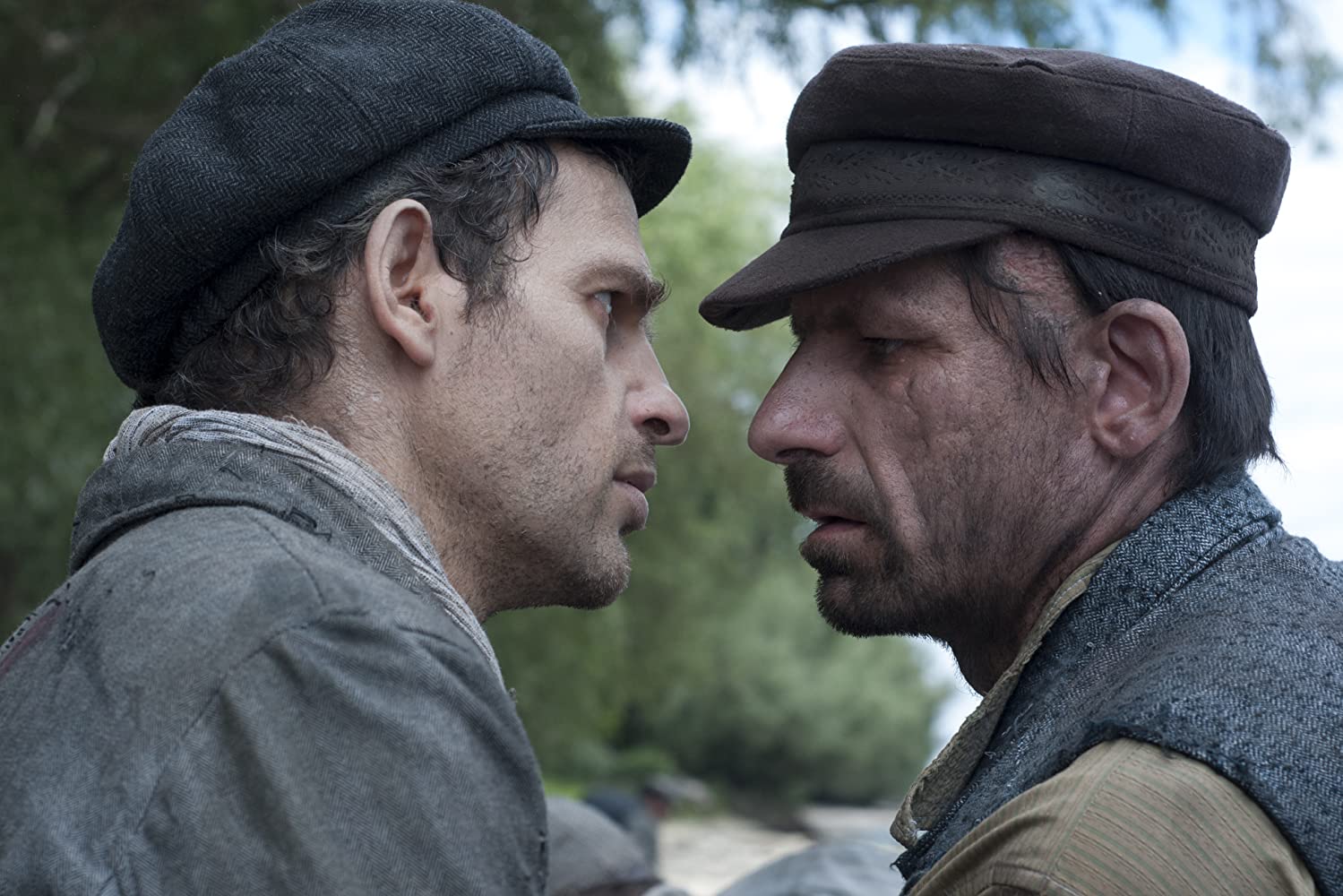
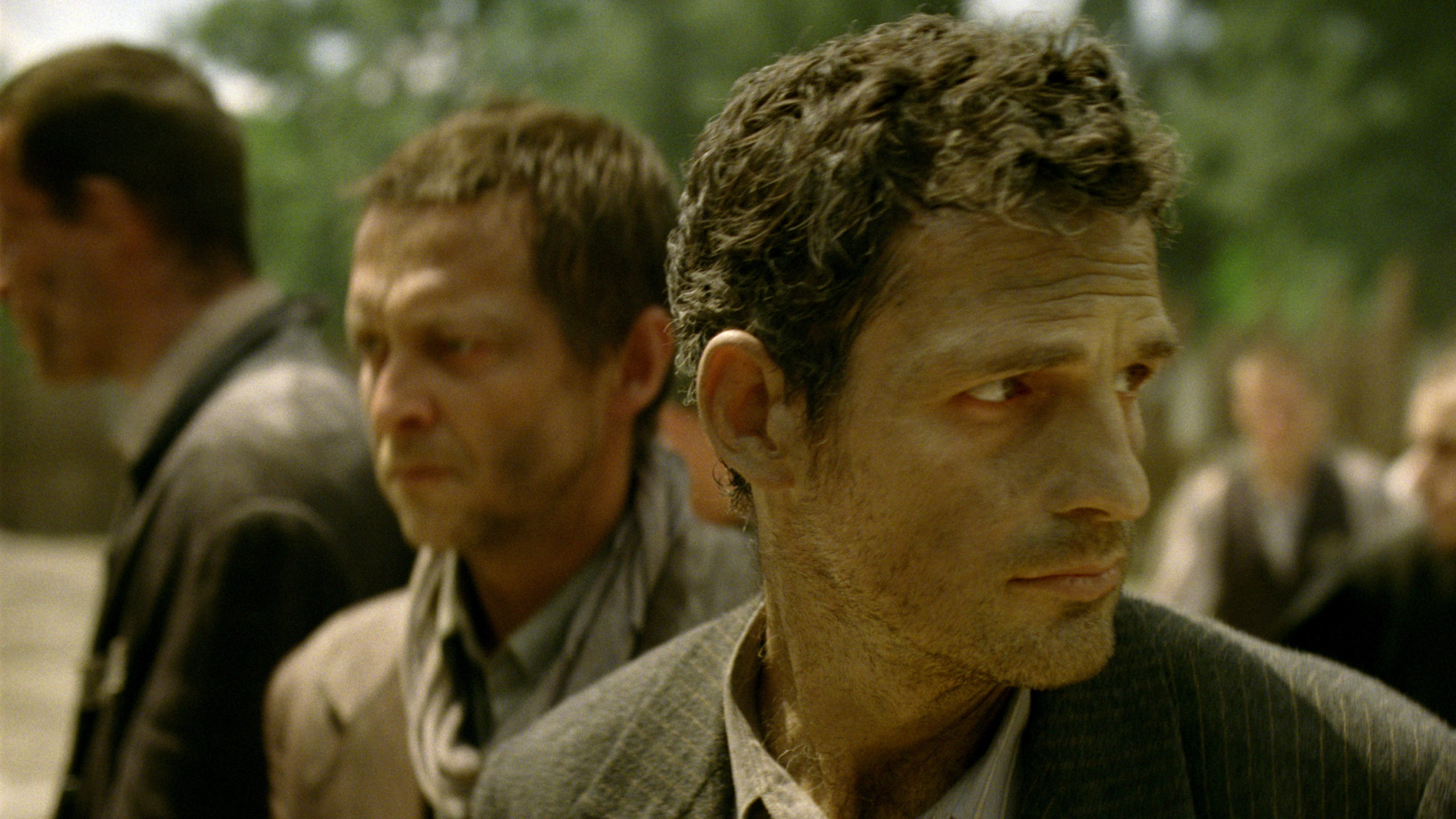











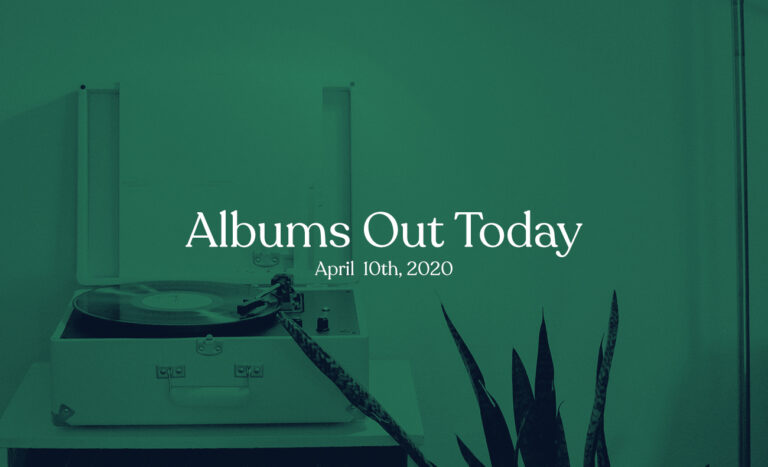
 The Strokes are back with their sixth studio album, The New Abnormal, out now via Cult and RCA Records. Following 2013’s Comedown Machine, it marks the rock band’s first album in seven years and their first release since the 2016 EP Future Present Past. The album was produced by Rick Rubin and recorded at his Shangri-La studio in Malibu, California, and was preceded by the singles ‘Ode to the Mets’, ‘At the Door’ and ‘Bad Decisions’, the latter of which debuted live at a rally for Democratic presidential candidate Bernie Sanders. The artwork was taken from the 1981 Jean-Michel Basquiat piece Bird on Money.
The Strokes are back with their sixth studio album, The New Abnormal, out now via Cult and RCA Records. Following 2013’s Comedown Machine, it marks the rock band’s first album in seven years and their first release since the 2016 EP Future Present Past. The album was produced by Rick Rubin and recorded at his Shangri-La studio in Malibu, California, and was preceded by the singles ‘Ode to the Mets’, ‘At the Door’ and ‘Bad Decisions’, the latter of which debuted live at a rally for Democratic presidential candidate Bernie Sanders. The artwork was taken from the 1981 Jean-Michel Basquiat piece Bird on Money. Announced earlier this week alongside the single ‘Held Down’, singer-songwriter Laura Marling has a new album out titled Song for Our Daughter. The follow-up to 2017’s Semper Femina, released through Partisan/ Chrysalis, wasn’t originally intended to see the light of day until later this year, but Marlin decided that she “saw no reason to hold back on something that, at the very least, might entertain and, at its best, provide some sense of union”. She continued: “It’s strange to watch the facade of our daily lives dissolve away, leaving only the essentials; those we love and our worry for them. The album, stripped of everything that modernity and ownership does to it, is essentially a piece of me, and I’d like for you to have it. I’d like for you, perhaps, to hear a strange story about the fragmentary, nonsensical experience of trauma and an enduring quest to understand what it is to be a woman in this society.”
Announced earlier this week alongside the single ‘Held Down’, singer-songwriter Laura Marling has a new album out titled Song for Our Daughter. The follow-up to 2017’s Semper Femina, released through Partisan/ Chrysalis, wasn’t originally intended to see the light of day until later this year, but Marlin decided that she “saw no reason to hold back on something that, at the very least, might entertain and, at its best, provide some sense of union”. She continued: “It’s strange to watch the facade of our daily lives dissolve away, leaving only the essentials; those we love and our worry for them. The album, stripped of everything that modernity and ownership does to it, is essentially a piece of me, and I’d like for you to have it. I’d like for you, perhaps, to hear a strange story about the fragmentary, nonsensical experience of trauma and an enduring quest to understand what it is to be a woman in this society.”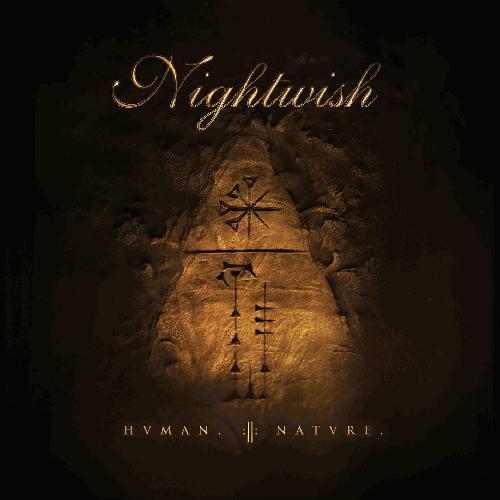 Nightwish have come through with their follow-up to 2015’s Endless Forms Most Beautiful, titled
Nightwish have come through with their follow-up to 2015’s Endless Forms Most Beautiful, titled  This is the third studio album in four years from krautrock and electronic music pioneers The Dream Syndicate. The band reunited in 2017 with the release of How Did I Find Myself Here?, with the current lineup consisting of Along of founding singer and guitarist Steve Wynn, founding singer and guitarist Steve Wynn, founding drummer Dennis Duck, bassist Mark Walton, guitarist Jason Victor and keyboardist Chris Cacavas. The album includes the 20-minute single, ‘The Regulator’, which is “a microcosm of the entire record — it was just a formless, trippy mass as we all started playing together,” as described by Wynn. The album was largely improvised and recorded during an 80-minute studio session. “All we added was air,” Wynn said.
This is the third studio album in four years from krautrock and electronic music pioneers The Dream Syndicate. The band reunited in 2017 with the release of How Did I Find Myself Here?, with the current lineup consisting of Along of founding singer and guitarist Steve Wynn, founding singer and guitarist Steve Wynn, founding drummer Dennis Duck, bassist Mark Walton, guitarist Jason Victor and keyboardist Chris Cacavas. The album includes the 20-minute single, ‘The Regulator’, which is “a microcosm of the entire record — it was just a formless, trippy mass as we all started playing together,” as described by Wynn. The album was largely improvised and recorded during an 80-minute studio session. “All we added was air,” Wynn said.